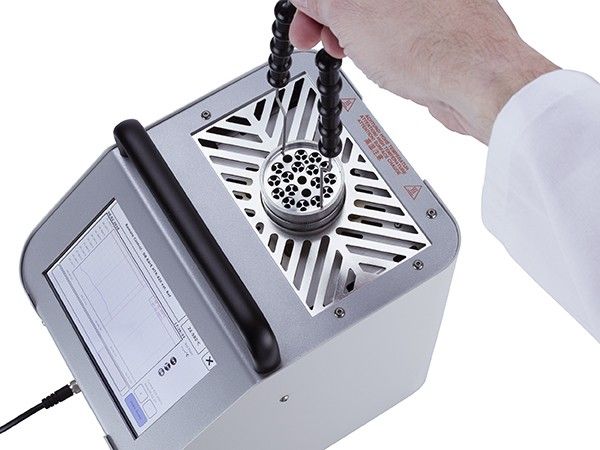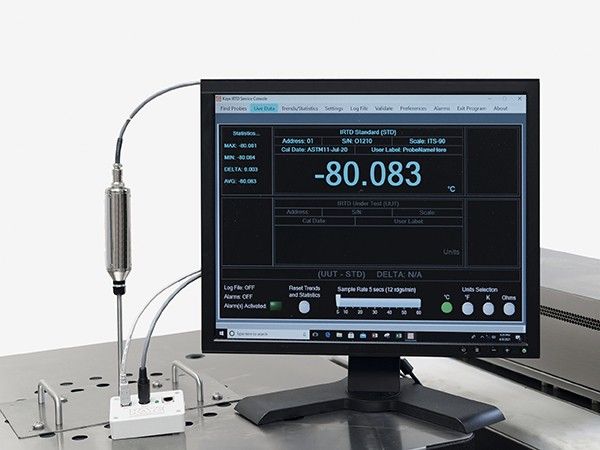In industries such as pharmaceuticals, biotechnology, food, and cosmetics, maintaining the integrity of products during storage is crucial. One of the essential tools for ensuring product quality is the stability chamber. These chambers are designed to simulate various environmental conditions, such as temperature, humidity, and light, to test the stability of products over time. However, to ensure that these chambers function accurately and meet regulatory standards, stability chamber validation becomes a critical process.
What is Stability Chamber Validation?
Stability chamber validation refers to the process of verifying that a stability chamber operates within the required specifications and environmental conditions. These chambers are used to simulate the storage conditions that a product will face during its lifecycle, helping to predict how it will behave over time under different environmental stresses. The validation process ensures that the equipment maintains the necessary temperature, humidity, and light conditions consistently and accurately, as specified by regulatory bodies such as the U.S. Food and Drug Administration (FDA), European Medicines Agency (EMA), and others.
Stability chamber validation involves a series of tests and calibrations to confirm that the chamber can maintain the required conditions for the correct duration. This process includes testing the chamber’s uniformity, performance, calibration, and documentation to guarantee compliance with industry regulations.
The Importance of Stability Chamber Validation
- Ensuring Product Quality
Stability chamber validation is critical in industries where product quality is directly influenced by storage conditions. In pharmaceuticals, for instance, drugs and vaccines must be stored at precise temperatures to maintain their potency. Similarly, in the food and cosmetics industries, stability testing ensures that products retain their flavor, texture, and appearance. Without proper validation, there is a risk of degradation, which could lead to ineffective products, costly recalls, or health and safety concerns. - Compliance with Regulatory Standards
Regulatory agencies require that stability testing be conducted in controlled environments to ensure the safety and efficacy of products. In the pharmaceutical and biotechnology industries, stability chamber validation is necessary to comply with Good Manufacturing Practices (GMP) and other regulatory guidelines. By validating the chamber, companies ensure that they meet these stringent requirements, reducing the risk of non-compliance and penalties. - Predicting Product Shelf Life
The purpose of stability testing is not only to test a product under various conditions but also to predict its shelf life. By simulating environmental stressors, such as extreme temperatures or high humidity, stability chambers allow companies to determine how long a product can remain viable and effective. Stability chamber validation ensures that these chambers provide accurate and reliable data, which is essential for determining the expiration date and ensuring consumer safety. - Minimizing Risk of Product Failures
Inaccurate storage conditions can lead to the deterioration of products, which could result in a loss of product effectiveness, safety, and customer trust. Stability chamber validation helps to prevent such failures by ensuring that the chambers are functioning properly. This helps reduce the risk of incorrect environmental conditions that could compromise the product’s quality and safety.
Key Steps in Stability Chamber Validation
- Installation Qualification (IQ)
The first step in stability chamber validation is installation qualification (IQ), which involves ensuring that the chamber is installed correctly according to the manufacturer’s specifications. This step also includes confirming that the equipment is appropriately connected to the power supply, and all necessary components are present and functional. - Operational Qualification (OQ)
During operational qualification (OQ), the functionality of the stability chamber is tested. This involves verifying that the chamber is able to achieve and maintain the specified temperature, humidity, and light conditions across all regions within the chamber. Temperature sensors are placed at various locations within the chamber to ensure uniformity, and the chamber is monitored for consistent performance over time. - Performance Qualification (PQ)
Performance qualification (PQ) ensures that the stability chamber operates under real-world conditions over an extended period. During PQ, the chamber’s performance is monitored and recorded for a longer duration, often under different environmental stress conditions. This step ensures that the chamber maintains its set conditions consistently throughout the testing period and that the data collected aligns with the required standards. - Documentation and Reporting
Documentation plays a crucial role in stability chamber validation. All test results, calibrations, and operational checks must be documented thoroughly to provide evidence of compliance with regulatory standards. Detailed reports are created, including the temperature and humidity profiles, to demonstrate that the stability chamber meets all necessary requirements for accurate testing and validation.
Challenges in Stability Chamber Validation
One of the challenges in stability chamber validation is ensuring uniform temperature and humidity levels throughout the chamber. Even minor variations in environmental conditions can impact the stability of the products being tested. Furthermore, stability chambers must be calibrated regularly to account for wear and tear or any environmental changes that may affect their performance.
Another challenge is meeting the different regulatory requirements across regions. For example, the FDA may have different standards from the EMA or other global regulatory bodies, so companies need to ensure that their chambers comply with the specific regulations required for their market.
Conclusion
Stability chamber validation is a critical process that ensures products remain stable and safe for use, meeting both industry standards and regulatory requirements. By performing thorough validation, companies can ensure the reliability of their stability testing, predict the shelf life of their products, and protect their reputation by minimizing the risk of product failure. Whether in pharmaceuticals, food, cosmetics, or other industries, stability chamber validation is essential for maintaining product quality, safety, and compliance in an ever-evolving market.


